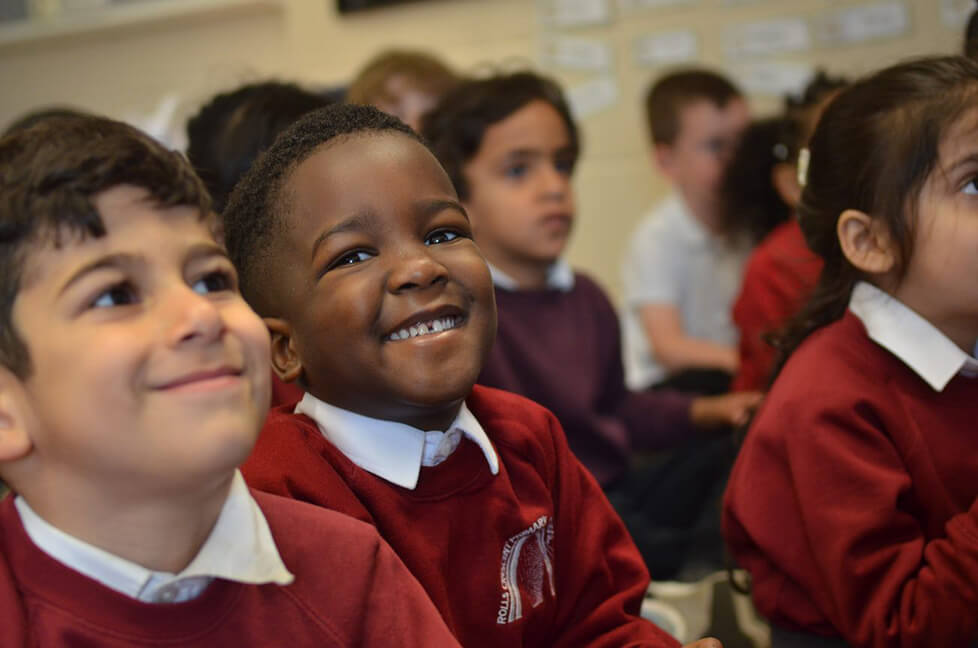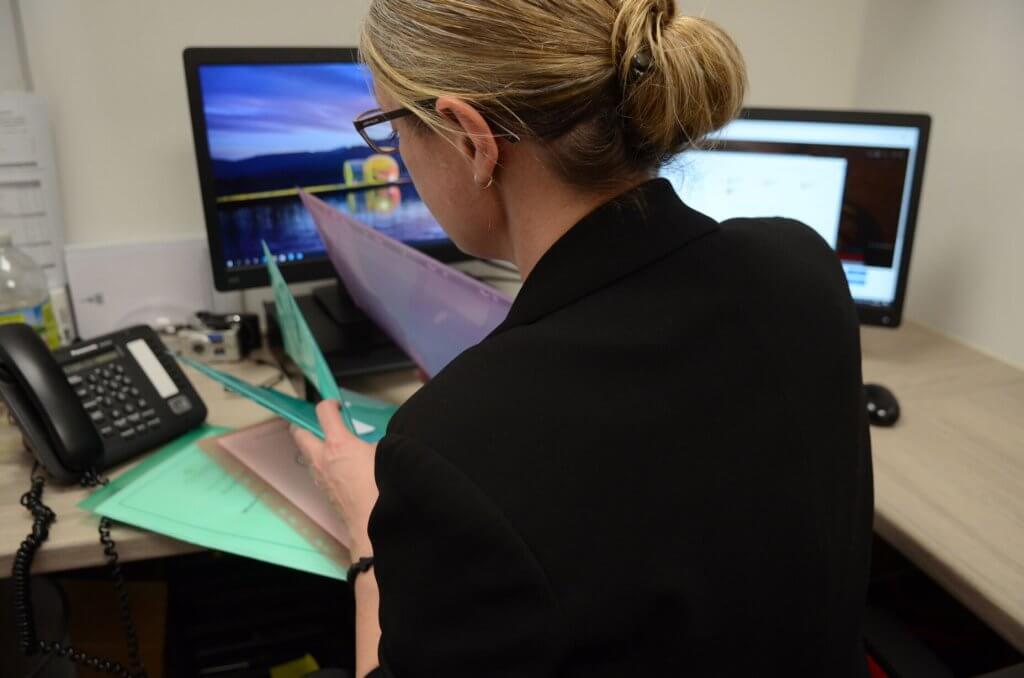Two-thirds of pupils reach expected standards in SATs
Government data shows that 61% pupils reached the expected standard in this year’s Key Stage 2 SATs, a slight increase from 60% the previous year. However, this is still behind the pre-pandemic figure of 65% in 2019, and falls short of the government’s target for 90% of children to leave primary school at the expected standard in reading, writing and maths by 2030.
The proportion of pupils meeting the expected standard in maths and grammar, punctuation and spelling (GPS) remains unchanged since 2023, standing at 73% and 72% respectively. Meanwhile, the proportion of pupils reaching the expected standard in reading attainment has risen from 73% to 74%, in writing from 71% to 72%, and in science from 80% to 81.
Education Minister, Catherine McKinnell, says that ‘despite the brilliance of our teachers, these figures show there are far too many pupils who are not meeting the expected standard […] and almost total stagnation in progress nationally over the past three years.’ She says the new government will give teachers and families the support they need to ensure every child leaves primary school with strong foundations for future learning.
★ Our School Development team has a proven track record of raising standards in education. Get in touch to learn how we can help you achieve the best possible outcomes for your pupils.
School attendance linked with sense of belonging
ImpactEd has published a new report that reveals the underlying drivers of pupil absence, drawing on data from over 300,000 pupils and 70,000 survey responses. Findings show that relationships and a sense of belonging are closely linked with school attendance, as researchers encourage school leaders and policymakers to move from a ‘punitive to collaborative’ approach.
According to the research, 81% of pupils understand that there are consequences to skipping lessons. However, only 62% agree that ‘school cares when [they] miss school’ and only 52% agree that their teacher cares. Researchers therefore encourage schools to create a strong culture and a sense of personal connectedness by greeting pupils by name, organising form-time activities and inter-form competitions, and bringing in specialists to engage with local communities such as professionals who are fluent in a family’s first language.
Researchers also discovered that the steepest declines in attendance occurred during the Autumn term. For example, attendance in Year 7 dropped from 94.1% to 91.7% between Autumn 1 and Autumn 2. During this time, pupils’ sense of safety also fell by 5.3%. The report suggests focusing on the physical and social environment in school to build spaces where all pupils can feel safe, comfortable, and ready to learn. For example, schools could identify ‘hotspot areas’ for bullying and disruptive behaviour in order to more effectively manage transition between lessons and mealtimes, increasing the number of staff on duty and issuing appropriate sanctions.
★ Build a strong safeguarding culture at school with the support of our Education Welfare & Safeguarding experts. Alongside our Creative Psychotherapy service, we can ensure every child feels safe, valued, and supported to reach their full potential.
Three in five school governors struggle to balance the budget
In a survey of over 3,000 governors and trustees in England by the National Governance Association (NGA), 60% of respondents report that balancing their budgets is now their biggest challenge, rising from 52% last year, and 44% in the year before. This represents the highest percentage since the survey’s inception in 2012.
The report reveals that only 18% of schools and trusts consider themselves financially sustainable in the medium to long term. 39% are worried about the financial strain due to falling pupil numbers, whilst half report that the condition of their school buildings has a detrimental impact on the learning environment. However, the NGA highlights that financial pressures are not evenly distributed across the education sector, with maintained schools facing the greatest challenge with balancing the budget at 46%, compared to 29% of multi-academy trusts.
Nearly three-quarters of governors said their biggest challenge was accessing funding to support pupils with special educational needs and disabilities (SEND), increasing from 66% in 2023. The report also shows that over half of governors struggle to obtain education, health and care plans. Recruiting and retaining qualified support staff was highlighted as a significant issue, especially for special schools. Overall, 37% of respondents said that supporting pupils with SEND was their top challenge this year.
Reflecting on the findings, Sam Henson, Deputy CEO of the NGA, warns that financial pressures are having a profound impact on every aspect of education, from curriculum and wellbeing, to SEND provision and sustainability. He says that ‘without immediate, systemic reforms and significant investment in our schools, we risk failing a generation of children.’
★ One Governor is our all-in-one support package for school governors and trustees, giving you access to online resources, termly handbooks and governor support helpline. Contact us to learn more.
One Education has a long history of supporting schools and academy trusts across a breadth of leadership, business support, and pupil facing services. Let’s work together to shape an education system that effectively engages pupils and empowers teachers.
Get in touch to start your journey with us today.
Please complete the form below and we will get in contact as soon as we can to help you with your query.















